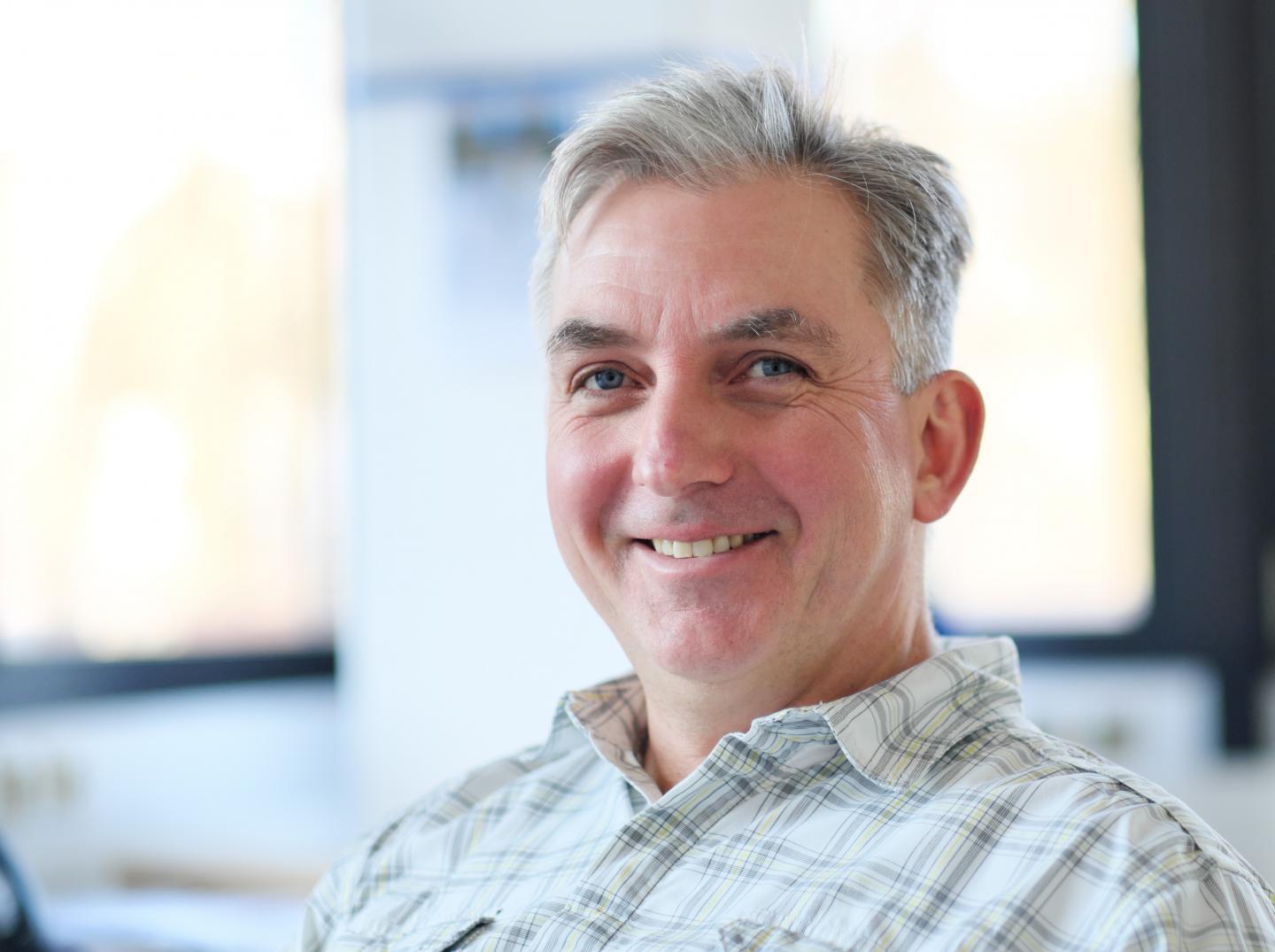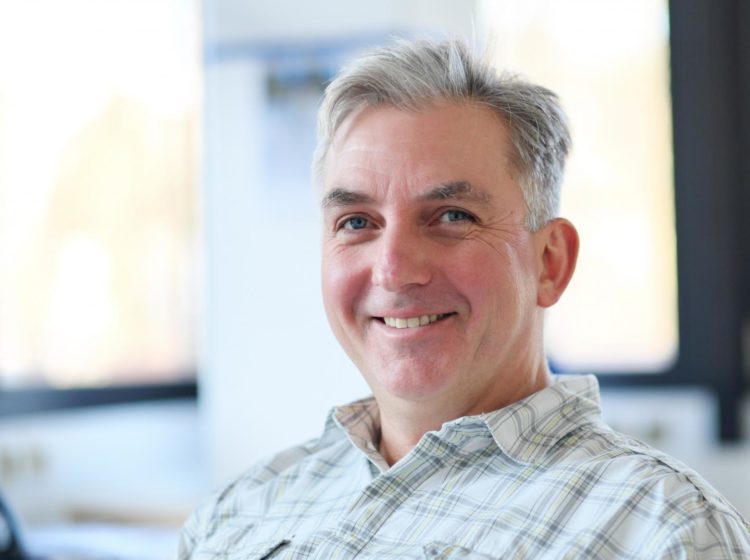
Credit: Saarland University/Thorsten Mohr
Red blood cells (erythrocytes) are the pack animals of the human circulatory system. They transport oxygen to the places in the body where it’s needed: to the cells that make up our muscles and organs. They also carry away the waste product carbon dioxide. But if the number of red blood cells is too high or too low, if the cells are not able to flow properly, if they become deformed or their function is somehow impaired, a whole range of health problems and diseases can result. It is therefore fundamentally important that we understand how erythrocytes behave in the body’s circulatory system.
‘Blood is continuously flowing within the body, but hardly ever when we perform medical diagnostics,’ says biophysicist Professor Lars Kaestner, summarizing the problem that is preventing us from achieving a really fundamental understanding of the red blood cells. ‘Blood never flows in test tubes or on microscope slides. In fact, some of the erythrocytes that are being examined under those conditions are already dead,’ explains Kaestner. A lot of the information that could probably be obtained if blood was examined under realistic conditions is therefore lost to us.
Lars Kaestner describes the research progress that has been made over the last 20 to 30 years as follows: ‘Two or three decades ago, blood was examined as a suspension with all its constituent components and the parameter of interest would then be measured as some kind of average value. Today, in contrast, it is possible to examine things in greater detail and to measure individual red blood cells. However, these individual cells are all different in appearance. One red blood cell may be just a few hours old, whereas another might be reaching the end of its natural lifespan of approximately 120 days.’ And the behaviour or response of a red blood cell will vary depending on its age and on the environment in which it finds itself.
Over the next four years, Lars Kaestner and his team will be working with partners from Germany, France, Switzerland, the Netherlands, Great Britain and Spain in order to learn more about how red blood cells are influenced by their extra-cellular environment. The aim of their collaborative project EVIDENCE (Erythrocytes properties and viability in dependence of flow and extra-cellular environment) is to study red blood cells under physiological flow conditions, i.e. under conditions that are as close to reality as possible.
‘We also want to use mathematical modelling to gain a fundamental understanding of how blood flows in the body,’ says Lars Kaestner. If the researchers succeed in developing a mathematical model of blood flow, it could serve as a basis for many more research projects and experimental studies of blood flow and particularly the behaviour of red blood cells.
Specific goals of the collaborative research programme include the development of novel diagnostic techniques for rare anaemic disorders such as those similar to sickle cell anaemia, developing an artificial, lab-scale spleen and methods for producing red blood cells in the laboratory. ‘That particular sub-project is important for the transfusion sector,’ explains Kaestner. While the technology already exists to produce artificial blood, a single batch can cost several hundred thousand euros. Improving the production process and thus making the manufacture of blood substitutes more cost-effective could generate significant benefits, as it would complement natural sources of blood and would allow the artificial blood substitutes to be tailored for complex medical conditions.
The European Union has provided four million euros of funding for the project as part of its Marie Sk?odowska-Curie Actions programme. The research consortium is headed by Professor Dr. Lars Kaestner of Saarland University.
Other project partners:
Station Biologique de Roscoff (CNRS), France
INSERM, France
University of Zurich, Switzerland
University of Bristol, Great Britain
Sanquin Research, Hematopoiesis Research Group, Netherlands
Sanquin Research, Blood Cell Research Group, Netherlands
Nanion, Germany
Erytech Pharma, France
R&R Mechatronics, Netherlands
CTC Research, Germany
University of Grenoble (CNRS), France
Vall d’Hebron University Hospital, Barcelona, Spain
The Institute for Bioengineering of Catalonia, Barcelona, Spain
###
Media Contact
Lars Kaestner
[email protected]
49-681-302-2417





